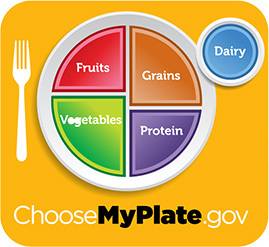A recently published study, found that weight gain among children who ate both breakfast at home and at school was no different than that seen among all other students. Meanwhile, the risk of obesity doubled for students who skipped breakfast or participated inconsistently. Researchers suggested several reasons for this outcome, including the fact that school breakfast is generally healthy, and students who skip breakfast are likely to overeat later in the day. And, of course, just the fact that growing adolescents often need a lot of food to grow means that they can eat more without necessarily gaining weight.
Source: NPR, 3/17/16, 2 Breakfasts




